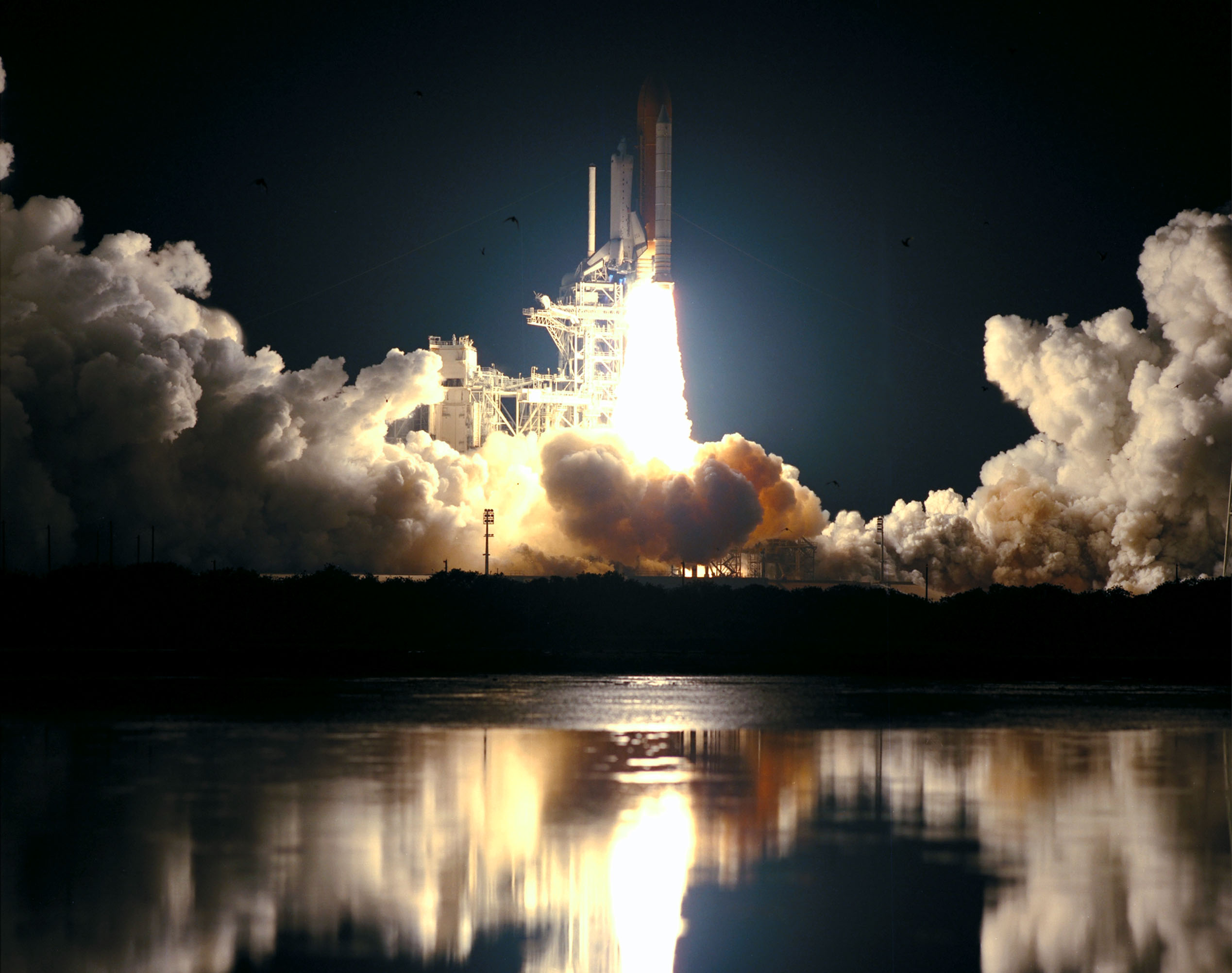Gearing Up for Chandra’s 20th
Chandra

Beginning in less than a month, we will be celebrating the 20th anniversary of the launch of NASA’s Chandra X-ray Observatory into space. To get Chandra-philes (Chandra-ites?) ready and bring new ones into the fold, we have been busy here at the Chandra X-ray Center preparing a slew of activities, products, and more to usher in our favorite X-ray telescope’s third decade of operation. Here are just a few of the things to look forward to this year:
- Launching with yet more content soon, a special section of the website devoted to the Chandra’s 20thanniversary. (Keep an eye on the calendar of events list for potential opportunities in your area to speak with Chandra scientists.)
- A collection of new Chandra images will be released twenty years to the day – July 23rd– that the Space Shuttle Columbia launched Chandra into orbit.
- A new video, made with Steer Digital Media, that outlines the challenges that scientists and engineers had to overcome to make Chandra the success that it is will be available.
- New opportunities to explore Chandra data in 3D, Virtual Reality (VR), and Augmented Reality (AR) will be made public.
- An updated iPhone app will let you stay in touch even better when you’re on the go.
- A slew of new print products will be rolling out in the coming weeks and months highlighting Chandra and its amazing science.
- A new book on Chandra, “Light From the Void,” showcasing about 100 of our awesome space images will be released by Smithsonian Books this fall.
- A new planetarium show on the multiwavelength Universe, Chandra, and the life and death of stars.
- And more!
And, as always, you can follow our social media accounts (Twitter, Facebook, Instagram, and more) to find out the latest from your friendly (cosmic) neighborhood X-ray telescope.
-Megan Watzke & Kimberly Arcand
